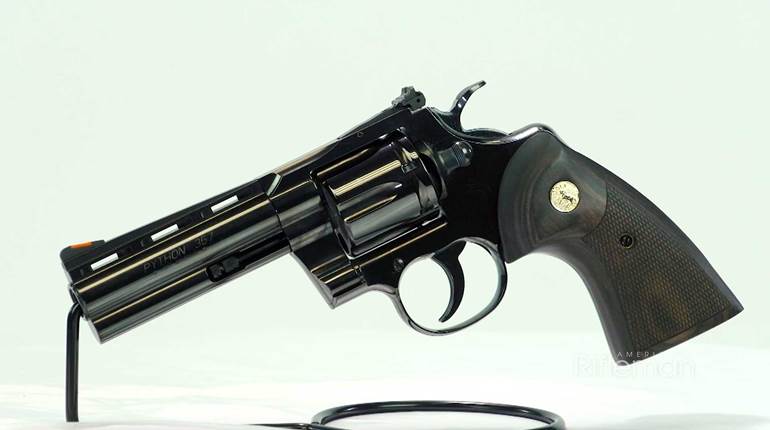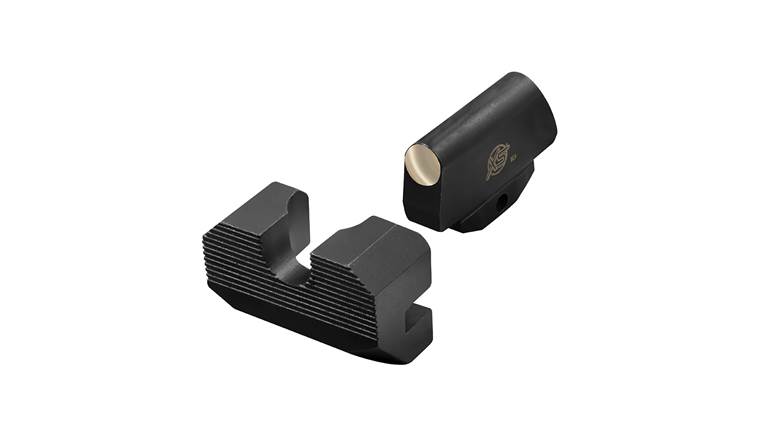
Ever since first seeing their use by Clint Eastwood in “The Outlaw Josey Wales” 45 years ago, I have had an infatuation with Colt Walkers, the largest and rarest revolver produced by the company. And now, 174 years after the gun was first manufactured, it finally has a well-written, expertly researched and profusely illustrated volume that is filled with information never before available to researchers and writers: The Colt Walker Army Revolver, by Charles W. Pate.
The author’s previous works—The Colt Model 1860 Army Revolver, Smith & Wesson American Model and U.S. Handguns Of World War II—are some of the finest publications of their types, and Pate is considered to be among the best researchers and writers of firearm history and technology in the world. A consummate researcher, of not only the National Archives but of archival intuitions around the world, he brings primary-source material to the front where previous authors have only filled in the blanks with conjecture. Only 94 pages long, the book is a quick read, befitting of a gun of which only 1,200 were ever produced. But don’t let the book’s size deceive you—it offers a wealth of new information, original correspondence and archival materials that Pate has unearthed through his research.
At 4 lbs., 8 ozs., the Colt Walker was not only a giant of a pistol, but its place in history is also epic. Prior to its manufacture, Samuel Colt had been out of the firearm business for a number of years, and the Walker contract helped establish him permanently as a gunmaker. The process of manufacturing the gun helped usher in the Industrial Revolution through the utilization of mass-produced interchangeable parts, making the Walker one of the most historically significant guns in history.
Pate draws on original correspondence between Colt, Eli Whitney and Samuel Hamilton Walker to illustrate how this behemoth revolver came about and the various twists and turns it took to go from concept to finished product. He also provides colorful biographies of all the major players, making this book not only informative but enjoyable as well. Prototypes and military and civilian models are all closely examined, and the various differences in construction, embellishment and markings are all covered with clear, detailed photographs showing the variances between the final products.
There are only about 140 collectors fortunate enough to possess one of the few surviving examples of the Colt Walker. But even if you’re not one of these lucky individuals, this work is a must-have for anyone interested in the development of Colt’s revolvers, Army procurement before the Civil War, the life of Ranger Walker or the history of manufacturing at the dawn of the Industrial Revolution. Price: $36 plus shipping. Contact: Mowbray Publishing, Inc.; (800) 999-4697; gunandswordcollector.com.






































